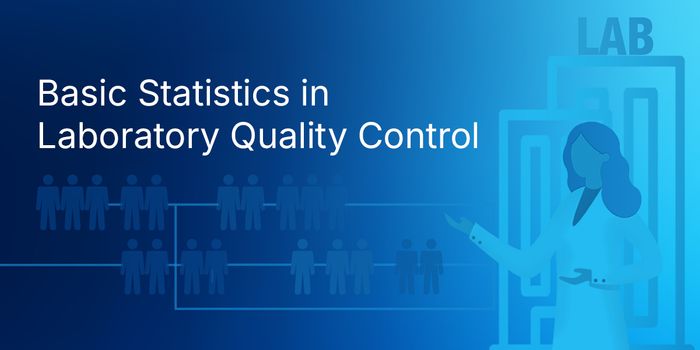Two Different Arms, Twice the Cancer-Killing Potential?
Our immune systems have developed an arsenal of sophisticated molecular weapons to defend us against the continuous barrage of environmental threats. Among these are antibodies, Y-shaped proteins with two 'arms' that latch on to targets with exquisite specificity. Their inherent properties, along with our ability to mass-produce these proteins in large quantities, make antibodies exceptionally well-suited as drugs to treat conditions from cancer to inflammatory disease.
Though the concept has been around for some time, new antibody-based drugs are causing a stir in the pharma world. These are bispecific antibodies, proteins with two different 'arms'. One hones in on the target of interest, say a tumor cell, while the other latches onto a cellular sentinel to trigger an immune response, signal it to destroy cancer.
Technological advances are enabling scientists to make bispecifics more versatile and precise than ever before. These breakthroughs are especially important so that these drugs can treat more complex diseases. Sophisticated bispecifics that have recently entered the clinic are also demonstrating their promise as next-generation immunotherapy.
Take the example of HER2-positive tumors, for example. This biomarker is expressed on some cancers, including breast and ovarian cancers. Drugs that latch onto HER2 drive a robust immune response to the tumor.
The drug Herceptin, the first approved antibody-drug conjugate (ADC), is a modified form of an already FDA-approved monoclonal antibody that homes in on HER2. The difference is it's attached to a cytotoxin, so when Herceptin binds to its target, this unleashes the drug's cancer-killing potency.
Now, a new bispecific called zanidatamab is slated to take the place of Herceptin for the treatment of HER2-positive esophageal cancer. Zanimatamab is composed of two different arms. One targets HER2, while the other latches onto CD3, a protein expressed in T cells—a type of immune cell that has an integral role in attacking cancer as both arms are linked to potent small molecule drug.
In recently-announced clinical trial data, drug developers showcased the clinical potential of zanidatamab. The treatment showed a 75 percent response rate in patients with advanced gastroesophageal adenocarcinoma (GEA). This response rate is over twice that of the Herceptin-based standard of care, which stands at 30 percent.
Ongoing clinical trials are investigating the potential of combining zanidatamab with a chemo regimen known as CAPOX/FP. Early data suggests that this further elevates the cancer-killing activity of the bispecific, with a patient response rate of 93%.
The hope is that these, and other emerging bispecific platforms, will help us overcome some of the significant, long-standing challenges in cancer drug development.









